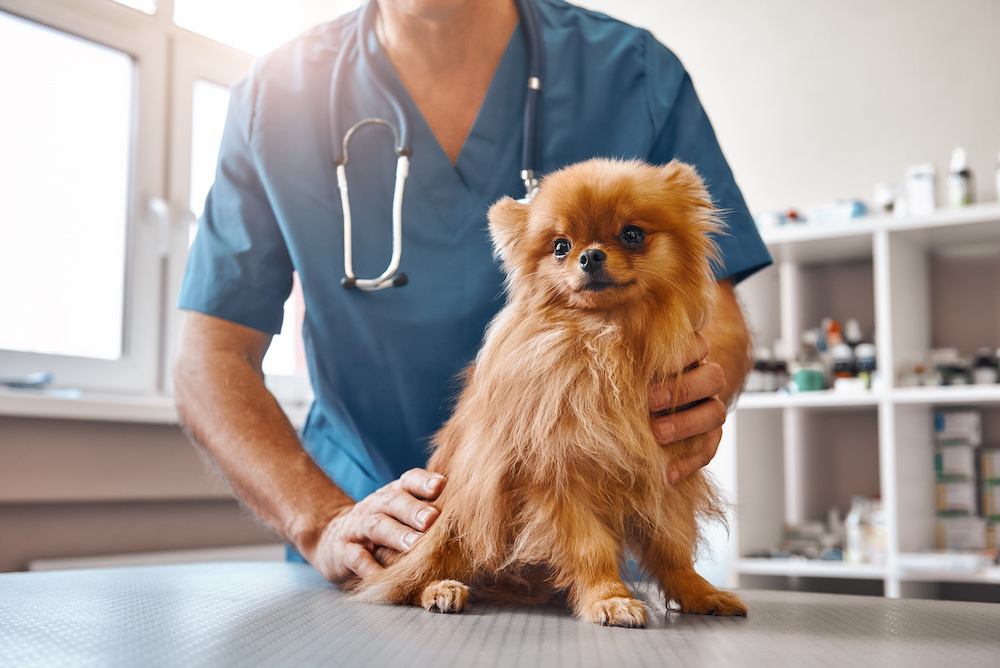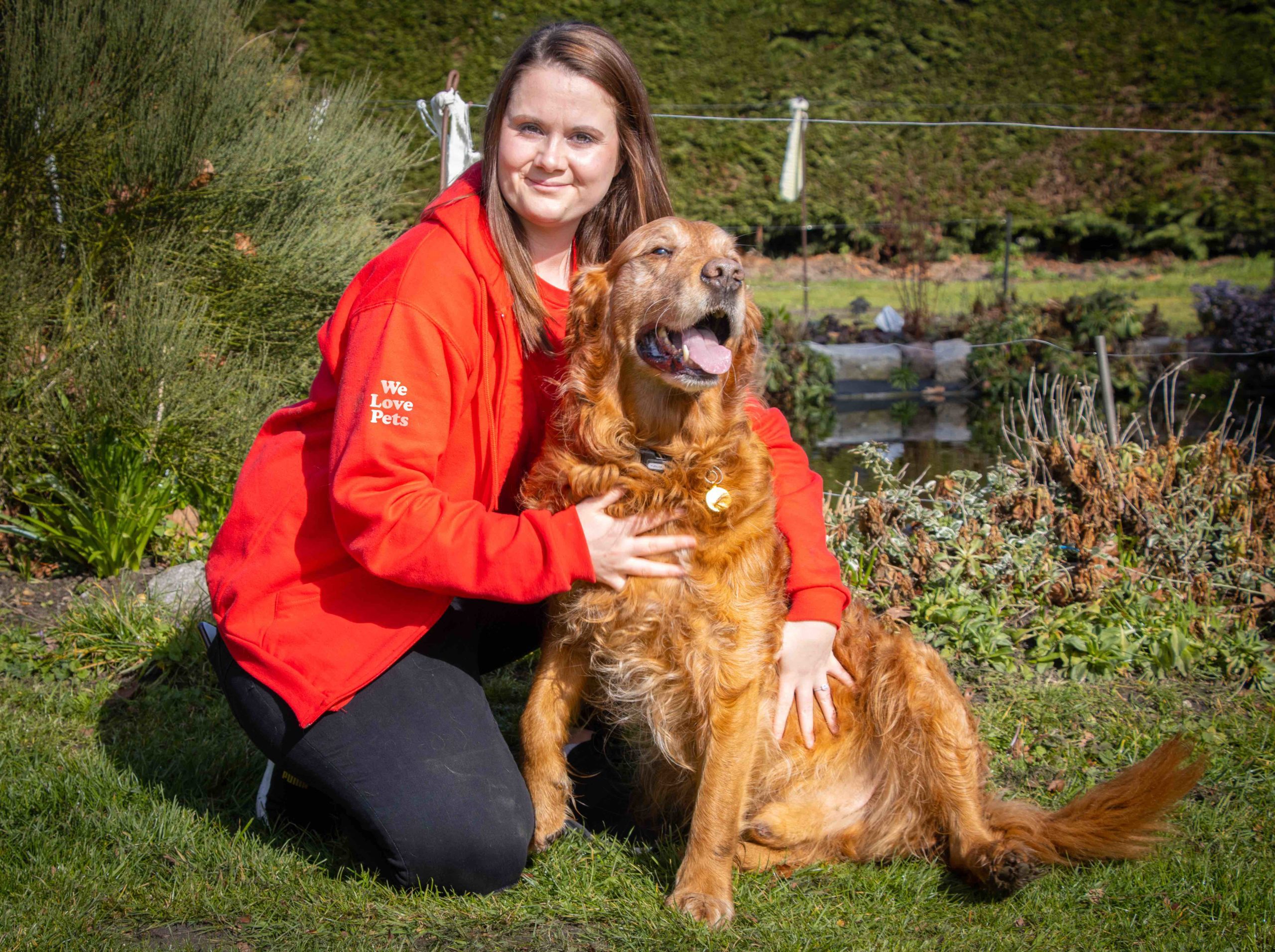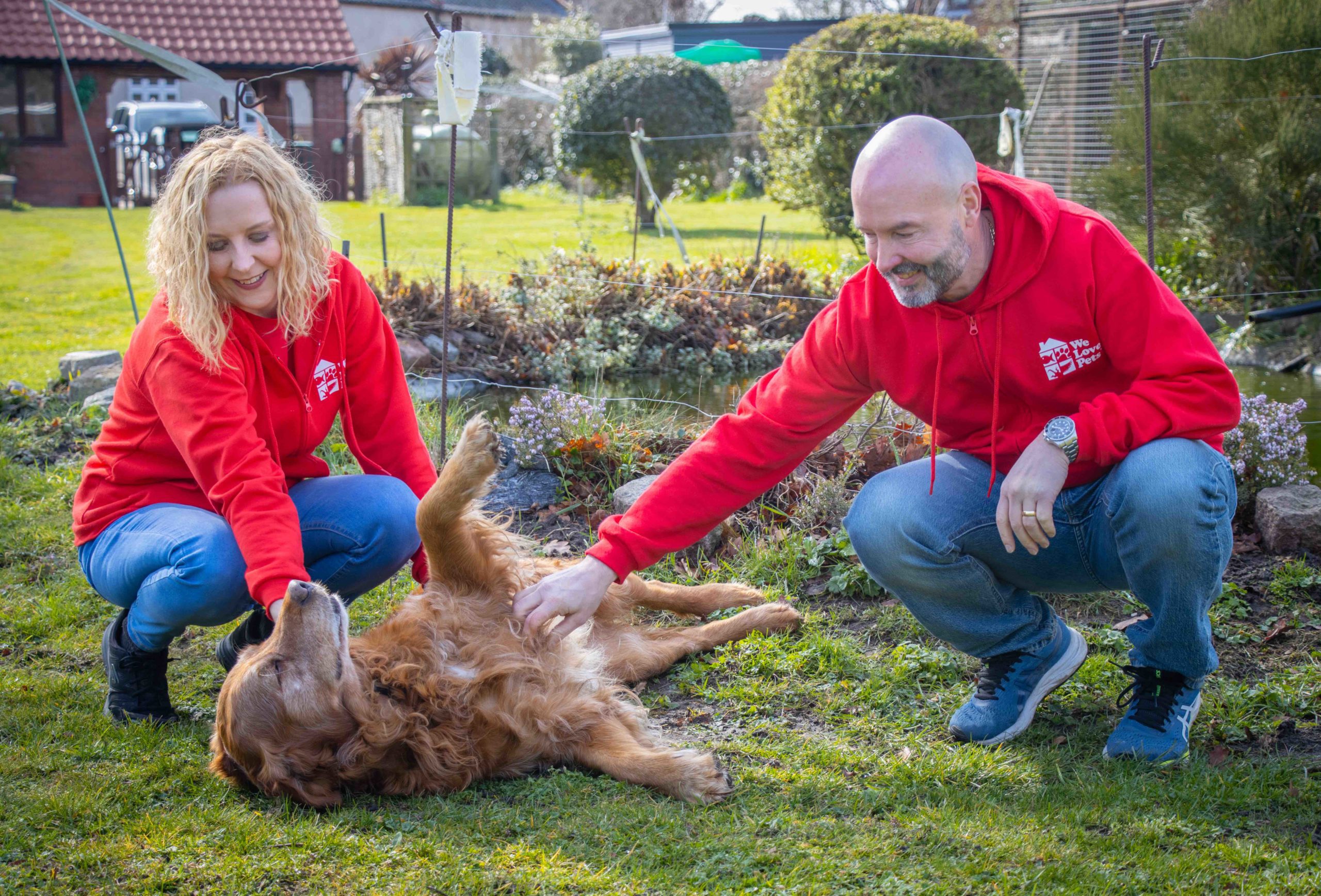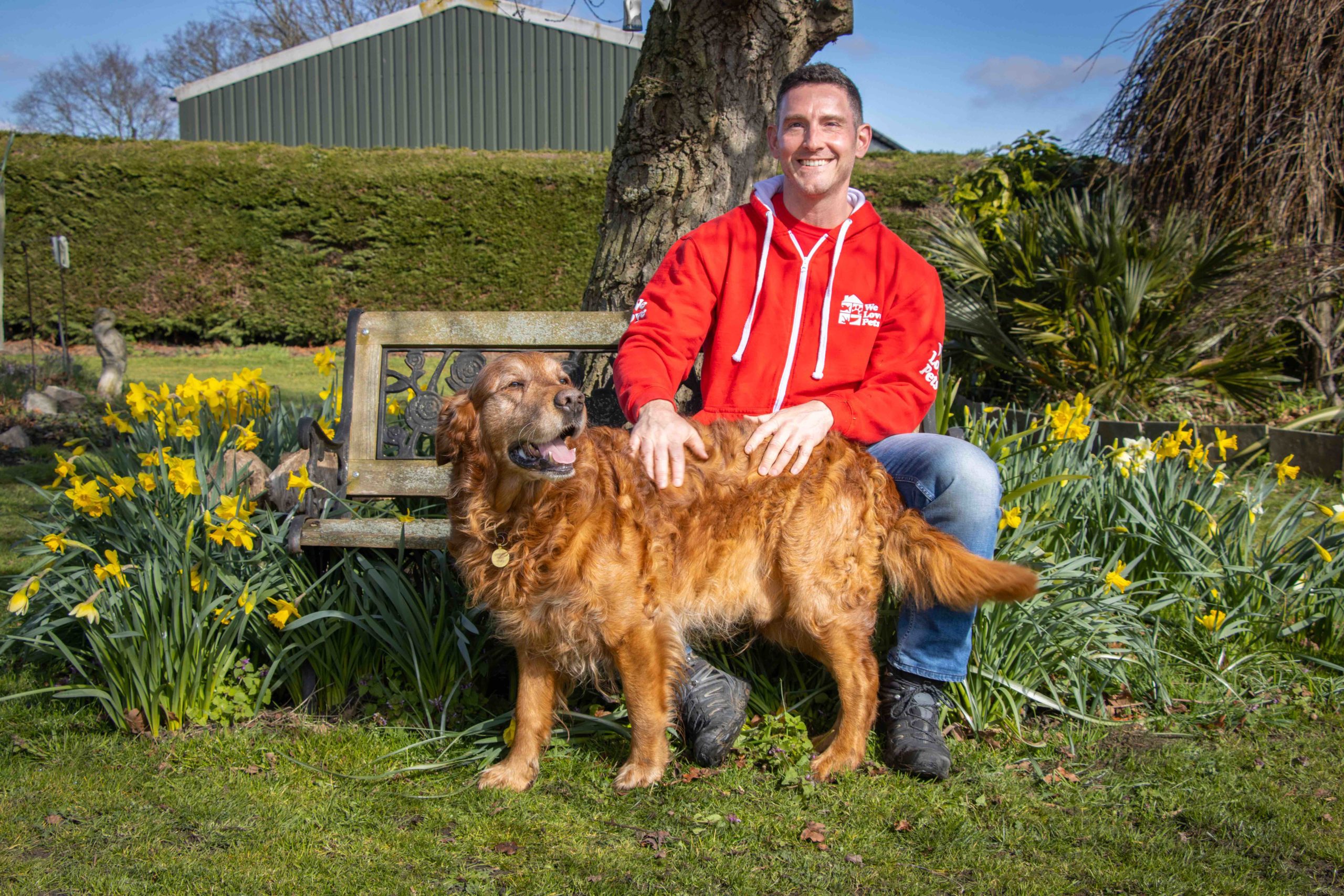Transfusion Medicine: Blood Donation
It is becoming increasingly common for vets to use blood transfusions when treating specific blood diseases or traumas in small animal patients but how do we collect the blood and how is it given? We have created a series of blogs to give you a quick whistlestop tour of transfusion medicine.
Before donation
There are specific criteria for blood donors. This is needed to ensure the safety and health of the donor as well as the recipient animal. Animals that have a travel history to other countries should not be used as donors. This is because they have a higher risk of carrying infectious diseases therefore will need to have greater disease screening, which is expensive and time consuming, especially in an emergency. All donors need to be screened for any diseases including kidney or liver disease, inflammatory disorders as well as infectious diseases that may be transmitted by the blood. All donors will need to have a blood sample to check the organs, red and white cells. Infectious disease testing is done most vigorously in felines as they carry many different infectious diseases that can be spread by blood. Indoor only cats that have been with the owner since kittenhood tend to be the best choice as donors as they carry a lower risk of infectious disease but sometimes rescue cats can be considered if they have a history of an indoor only lifestyle prior to adoption. As a minimum, cats are tested for blood borne mycoplasmal disease, feline immunodeficiency virus (FIV) and feline leukaemia virus (FeLV). It is important that donors are mature adults and are large enough to be able to cope with having a lower circulatory volume after donation. Therefore, specific age and weight criteria are used when assessing donors for selection. Neutered animals are preferred as donors as this reduces infection risk. Like humans, it is important that animals have not had transfusions before if they are to be donors as this increases the risk of transfusion reaction to the recipient.
Criteria for feline donor selection
- Over 4kg
- 1-8 years old
- Neutered
- Calm temperament and easy to handle
- No underlying medical conditions
- Regular vaccination
- No travel history
- Indoor cats only
- Shelter bred/obtained cats may be included but history must be considered. Further disease testing may be needed for these cats
- Regular endo and ectoparasiticide used
- No history of an earlier transfusion
Criteria for canine donor selection
- Over 25kg
- 1-8 years old
- Calm temperament, happy to be restrained for blood sampling
- No underlying medical conditions
- Regular vaccination
- No travel history
- Regular endo and ectoparasiticide used
- Entire bitches should not have been mated or had litters previously
- Not on any current medications except for parasite treatment
- No history of an earlier transfusion
There are small risks associated with blood donation in dogs and cats such as haematoma formation at site of blood collection, collapse from blood loss, skin reactions to the chlorhexidine scrub used to prepare the skin before blood sampling, clipper rash after clipping hair away or bruising at the site of blood collection.
DID YOU KNOW?
Maximum canine donation volume is approx. 16-18ml/kg.
The volume collected into a commercial bag should not exceed 450ml.
The weight of 1ml of canine blood is approx. 1.053g therefore, the acceptable weight of a bag is between 426-521g.
Maximum feline donation volume is approx. 11-13ml/kg. The volume collected should not exceed 60ml. The weight of 1ml feline blood is approx. 1.053g therefore, the acceptable weight of a syringe is between 52-63g.
What happens when an animal donates blood?
All animals should have a full clinical examination by a veterinary surgeon and a questionnaire filled out as for donor screening to ensure the animal is fit to donate. The owner must sign a consent form to give permission for the animal to donate blood, even if they have previously signed a consent form to go onto the donor register. Before any donation, 2-5ml of blood should be taken from the donor to check packed cell volume (PCV) to assess for any signs of anaemia and stored for any disease testing post-donation/transfusion. If there are any concerns about the disease status of a donor, a full blood panel can be run pre-donation to check for any issues.
Dogs are usually restrained either lying down on their sides or a sitting position. The area over the jugular vein is clipped and prepared with surgical scrub in an aseptic manner. Topical local anaesthetic can be applied to the skin 20-30 minutes before the procedure.
Cats may need sedation before donation and can be restrained lying down or on their front with their necks extended to allow visualisation of the jugular vein. Preparation of the sampling sites is as for dogs.
It is vital that all blood for transfusion is collected in an aseptic manner so the veterinary surgeon will scrub as for surgery and wear sterile surgical gloves throughout the procedure. All materials must be prepared in a sterile manner.
To allow collection, an assistant should apply pressure at the lower neck to raise the jugular vein. Venepuncture is performed using a needle attached to a blood collection bag containing anti-coagulant. The bag is positioned lower than the donor to aid in gravitational flow and is placed onto electronic scales so it can be weighed during donation. It is important that the bag is inverted periodically to all mixing of blood and anti-coagulant. Once the bag is full, the tubing is clamped and the needle is removed from the vein. Pressure is applied to the jugular using a gauze swab for around 5 minutes and a light neck bandage is placed. This is usually removed several hours post-donation. The bag of blood is labelled with donor details and stored. Food and water can be offered post-donation but activity should be restricted for 24 hours and walks should only be on a harness and lead to avoid pressure on the jugular site. For cats, a syringe of anticoagulant is used instead of a bag as a much smaller volume of blood is taken. Cats should also have fluids given after the procedure to help restore the blood volume lost and reduce the risk of shock.
Blood storage
Whole blood should be stored in specialist blood fridges that keep a narrow temperature range. Blood can also be divided into assorted products such as fresh frozen plasma and packed red cells. This must be done swiftly after collection and the plasma frozen within 8 hours to preserve coagulation factors. Blood is always labelled with collection and end dates, donor species, product type, and blood type. This is a specific requirement from the Royal College of Veterinary Surgeons to ensure that all blood products are traceable.




